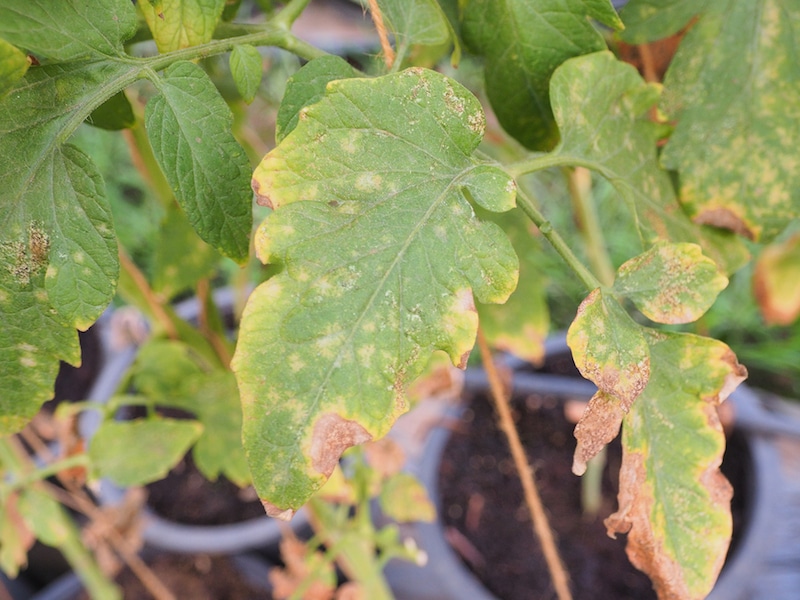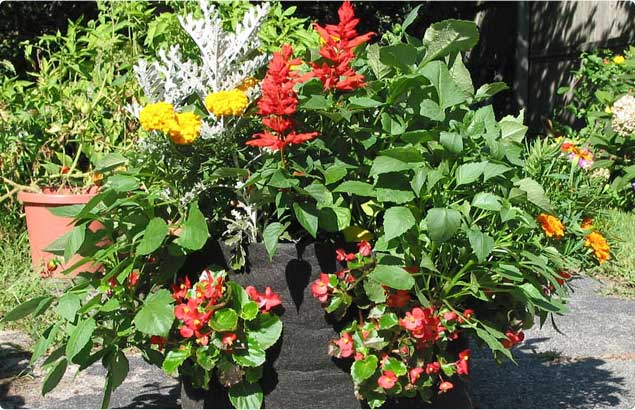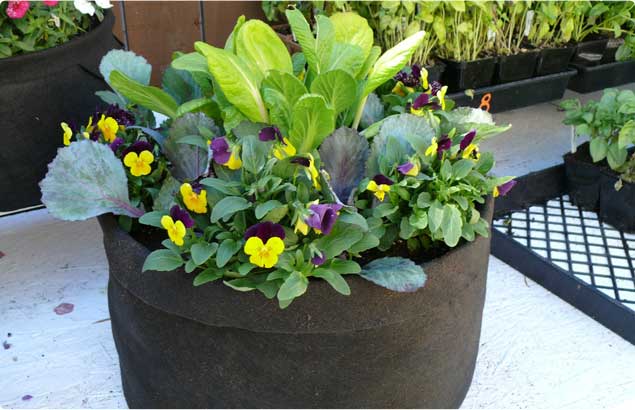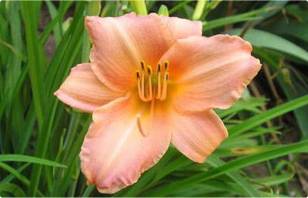Getting to the Root of the Problem: Spotting and Curing Plant Disease Symptoms
As a gardener, nothing is more frustrating than watching your plants succumb to disease. Just when your garden is starting to flourish…. BOOM! A nasty case of mildew sends you back to square one. If you’re not careful, common plant diseases can become a persistent problem, turning your green thumb an ugly shade of brown. In this blog, we’ll break down four common plant diseases and what you can do to nurse your garden back to health.
- Powdery Mildew — This bugaboo is among the world’s most common plant diseases. There are thousands of strains of powdery mildew, and most are host-specific, meaning they only attack one species or family of species. The disease typically presents as white or gray splotches that may turn red or purple as the disease progresses. As the name suggests, it has a powdery appearance, so it’s easy to spot. To prevent powdery mildew, choose resistant cultivars from your local nursery. The disease thrives in crowded conditions with poor air circulation. To combat these conditions, space plants appropriately and prune to improve air flow. Commercial fungicides can be applied as a remedy or preventative.
- Rust — Like powdery mildew, there are thousands of species of plant rust. To identify it, look for yellow or white spots forming on leaves. Small nodes, called pustules, may appear on the undersides of leaves accompanied by orange or yellow streaks. These are reproductive bodies that eject spores and infect nearby plants. Unfortunately, rust is a persistent and highly infectious disease. To keep this plant disease from spreading, prune all infected areas and burn or bag them. Absolutely do not compost rust-infected plant matter, and rake frequently beneath the plants to remove infected foliage. To prevent rust from spreading, space your plants well. Avoid watering the leaves of infected or uninfected plants, as wet surfaces are required for transmission. Finally, resistant cultivars and highly effective fungicides are available at most lawn and garden centers.
- Root Rot — Root rot is the most common killer of house plants, but it does occur in outdoor beds as well. Overwatering is generally the culprit, and plant disease symptoms most frequently manifest as yellowing leaves and stunted growth. Root rot occurs when plants are watered too frequently or placed in containers that offer poor drainage. In outdoor beds, poorly draining soil can invite an infection as well. Under these conditions excessive moisture encourages fungal growth which infects and feeds upon plant roots. If the plant still has viable roots, it’s possible to prune away the infected portions and re-plant the specimen. Simply dig a hole approximately twice as big as the root ball and fill it with highly organic material. It’s also wise to loosen the soil around the plant to promote additional drainage. For potted plants, migrating to a fabric container can prevent excessive moisture and restore your plant to health.
- Black Spot — Dreaded black spot is the most common and serious plant disease for ornamental roses. Because roses take years or even decades to fully mature, stopping black spot in its tracks is a high priority for gardeners. This fungal pest is easily identified by the dark circular markings that afflict contaminated leaves. Left untreated, black spot can cause a rose bush to defoliate completely, leaving it susceptible to winter stress and other fatal diseases. To treat black spot, remove affected leaves and prune affected canes six to eight inches below the infection. Prune only in dry weather, as spores germinate in wet conditions. Disinfect pruning shears with bleach or alcohol between cuts to avoid spreading the infection. As always, try to prevent black spot by choosing resistant cultivars, and consult your local garden center for preventive and remedial treatments.
With tens of thousands of plant diseases in the wild, this list just scratches the surface. But some basic principles apply to preventing most plant diseases. From the start, choose resistant cultivars. This is your best bet for preventing common plant diseases. Ensure your plants have plenty of space for light and air to penetrate between them. This is crucial for preventing most fungal diseases. And finally, water properly. Make sure you don’t over-water your plants, and water at the root to prevent pathogens from splashing from one infected leaf to another. With some smart planning, a keen eye, and a little luck, you’ll enjoy a healthy garden for years to come!






